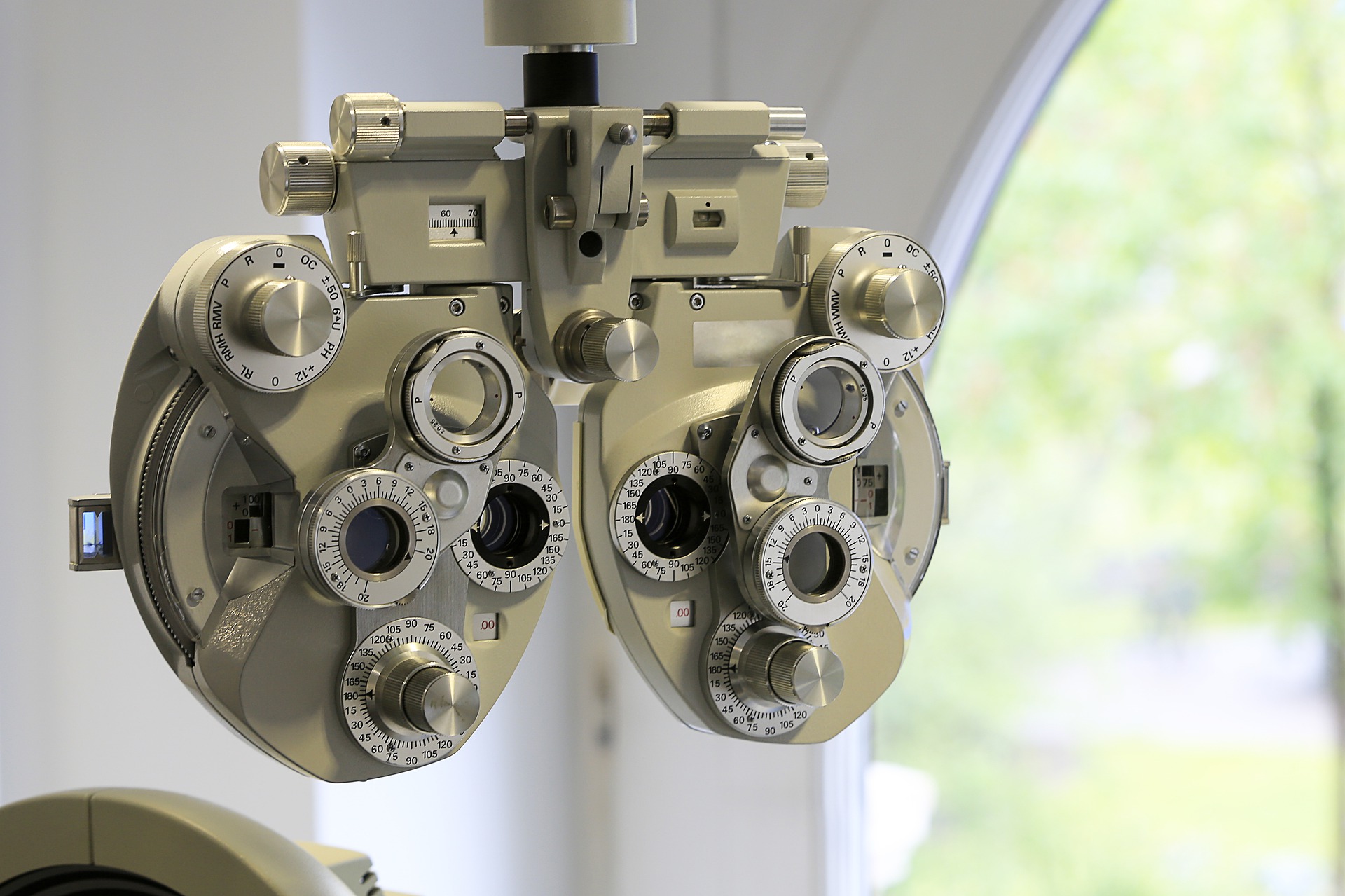World Glaucoma Week Brings Awareness to Growing Impact of Blinding Eye Disease

World Glaucoma Week is a global initiative being held March 6-12, to raise awareness on glaucoma with events happening around the world.
As one of those events, the Alliance for Eye and Vision Research (AEVR) is excited to present the Understanding Glaucoma Patients: Health Disparities and Unmet Need Virtual Congressional Briefing on Wednesday, March 8. AEVR worked with Research!America on the Vision and Blindness fact sheet in the past to provide useful information about eye disease and vision impairment, including the latest research into glaucoma.
Americans fear vision loss more than most other medical conditions, as reported in a 2014 Research!America poll conducted for AEVR.1 The Alliance for Eye and Vision Research is hosting this important Congressional Briefing during World Glaucoma Week to raise awareness to the fact that glaucoma is the second leading cause of preventable vision loss in the United States. Sustained education about the disease is vital, as individuals are often unaware they have it until vision is significantly impaired or lost. A neurological disease affecting the optic nerve, glaucoma causes loss of vision and ultimately blindness, and affects more than 2.7 million Americans over the age of 40––with that number estimated to more than double by the year 2050. In its 2014 report on the prevalence and cost of vision disorders, “Prevent Blindness”2 estimated that glaucoma is a driving factor, along with cataract and diabetic retinopathy, in the annual cost of vision impairment reaching $373.2 billion by the year 2050, or $717 billion when adjusted for inflation.
Certain characteristics such as age, ethnicity, high intraocular pressure (IOP), and optic nerve structure are associated with disease development. Groups at highest risk include African Americans over age 40, individuals over age 60—especially Mexican Americans—and those with a family history of the disease.
In its most common form, primary open–angle glaucoma (POAG) nerve damage can result from high IOP, which occurs when the fluid that circulates in and out of the front part of the eye drains too slowly. Research funded by the National Eye Institute (NEI) within the National Institutes of Health (NIH) has resulted in pressure-reducing drug regimens, and NEI’s “Ocular Hypertension Treatment Study” (OHTS) found that pressure-reducing eye drops delayed disease onset. In 2018, the U.S. Food and Drug Administration (FDA) approved two new drug therapies that add to those that have already emerged from NEI research. Targeting the eye’s trabecular meshwork—which is one of the pathways responsible for regulating fluid flow within the eye—the new generation of therapies reflects an expanding menu of drugs, potentially in combination therapy, that lower IOP and better meet the needs of patients.
Glaucoma is also treated through conventional surgery, which makes a new opening for fluid to leave the eye, or laser trabeculoplasty, where the laser burns a drainage hole in the spongy meshwork near where the fluid leaves the eye. Increasingly, surgeons are conducting minimally invasive glaucoma surgery, or MIGS, that uses an FDA-approved drainage device to abate or bypass the trabecular meshwork to facilitate fluid flow.
The NEI’s Glaucoma Human Genetics Collaboration Heritable Overall Operational Database Consortium—which includes the most thoroughly characterized population of people with known glaucoma status––has identified 133 genetic variants that predict within 75% accuracy a person’s risk for developing glaucoma related to IOP. Among the 133 variants identified, 68 had not been previously linked to IOP, and their loci point to cellular processes, such as lipid metabolism and mitochondrial function, that contribute to elevated pressure. Characterizing the genes, attendant biological pathways, and the potential impact of environmental exposures enables further research that could lead to the development of new diagnostic and therapeutic approaches for the disease.
- JAMA Ophthalmology, August 2016 Online First, based on AEVR’s survey The Public’s Attitudes about the Health and Economic Impact of Vision Loss and Eye Disease, September 2014 (conducted by Zogby Analytics for Research!America through a grant from Research to Prevent Blindness).
- The Future of Vision: Forecasting the Prevalence and Costs of Vision Problems, Prevent Blindness, June 2014.




